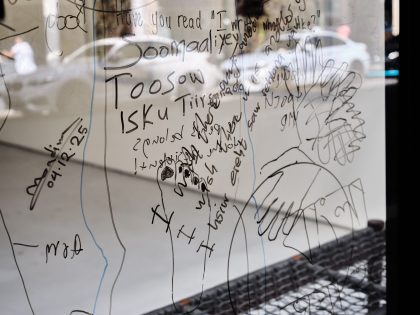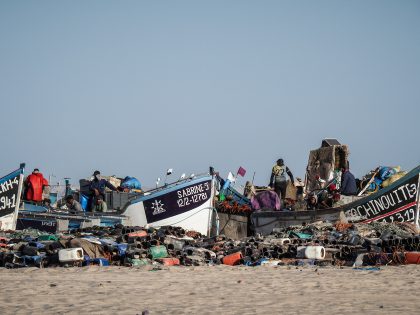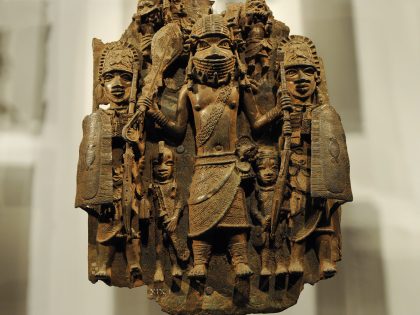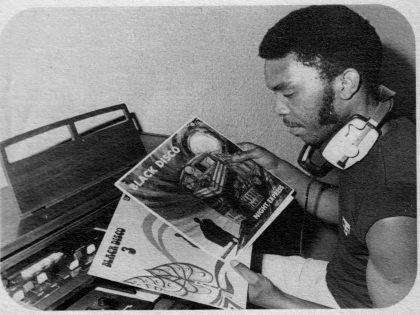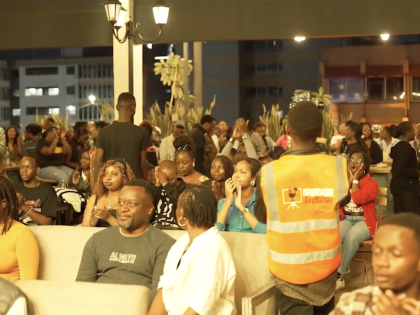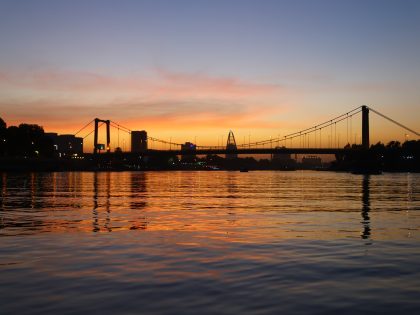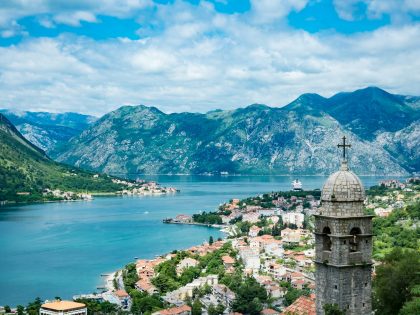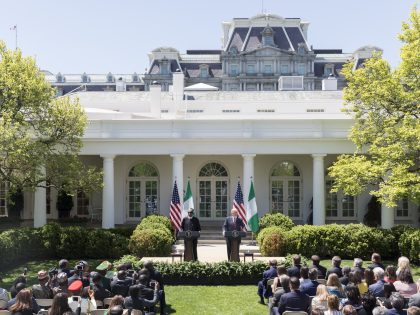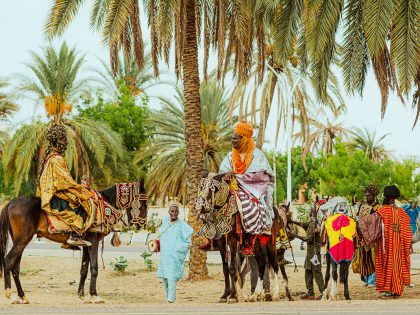Saving Darfur

More than a year later these lines–written by journalist Eamon Kircher-Allen as part of the reaction to Mahmood Mamdani’s “Saviors and Survivors,” a study of Darfur Now’s campaigns and the complex history of the Darfur conflict–is still worth repeating:
As an eighth-grader learning about American slavery, I had a fantasy. I imagined that some elite Marines and I could outfit ourselves in the latest combat gear and travel back in time to the year 1820. Once we arrived in the heart of the slavery era, we’d storm the plantations with superior weaponry and free the slaves. Problem solved. It would be awesome, and I’d be a hero.
Of course, as I learned in later study, the abolition of one of history’s most monstrous atrocities was not such a simple matter. Dismantling slavery meant the splitting of a nation, a civil war that sacrificed 600,000 lives, and a burning of the South that – while possibly justified – entailed extreme and morally repugnant violence. And of course, war was only part of the solution. There were the complex political negotiations, the recalibration of society that, 150 years later, is still incomplete.




